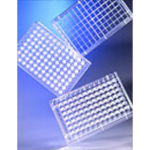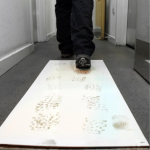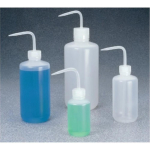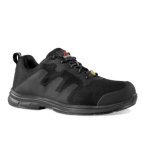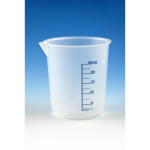Application
Research CategoryCancerOncology
This product is intended for sale and sold solely to academic institutions for internal academic research use per the terms of the “Academic Use Agreement” as detailed in the product documentation. For information regarding any other use, please contact licensing@emdmillipore.com.
Cell Line Description
Cancer Cells
Disclaimer
Unless otherwise stated in our catalog or other company documentation accompanying the product(s), our products are intended for research use only and are not to be used for any other purpose, which includes but is not limited to, unauthorized commercial uses, in vitro diagnostic uses, ex vivo or in vivo therapeutic uses or any type of consumption or application to humans or animals.
General description
Metastasizing (stage IV) breast cancers have the lowest survival rate among all stages of breast cancer. Metastases may take on a range of morphologies in their new locations, complicating diagnosis and decisions on courses of treatment. Tumor cell lines that mimic the in vivo behavior of metastasizing cancers are thus critical tools in breast cancer research.
TS/A is a highly metastatic mouse mammary adenocarcinoma cell line exhibiting a marked degree of morphological heterogeneity in culture, with a range of differentiated cell types from epithelial-like to fibroblast-like (1). TS/A cells express estrogen receptor and colony-stimulating factor and are negative for the adhesion protein ICAM-1 (2,3). The TS/A cell line is a well-characterized and highly published model for tumor metastasis and heterogeneity and is a popular tool for studies of immunological gene therapy (4,5). It may also be used as a syngeneic mouse model of breast cancer.
The TS/A cell line was isolated from a mammary adenocarcinoma that arose spontaneously in a BALB/c female mouse (1).
Quality
Each vial contains ≥ 1X106 viable cells.
Cells are tested negative for infectious diseases by a Mouse Essential CLEAR panel by Charles River Animal Diagnostic Services.
Cells are verified to be of mouse origin and negative for inter-species contamination from rat, chinese hamster, Golden Syrian hamster, human and non-human primate (NHP) as assessed by a Contamination CLEAR panel by Charles River Animal Diagnostic Services.
Cells are negative for mycoplasma contamination.




